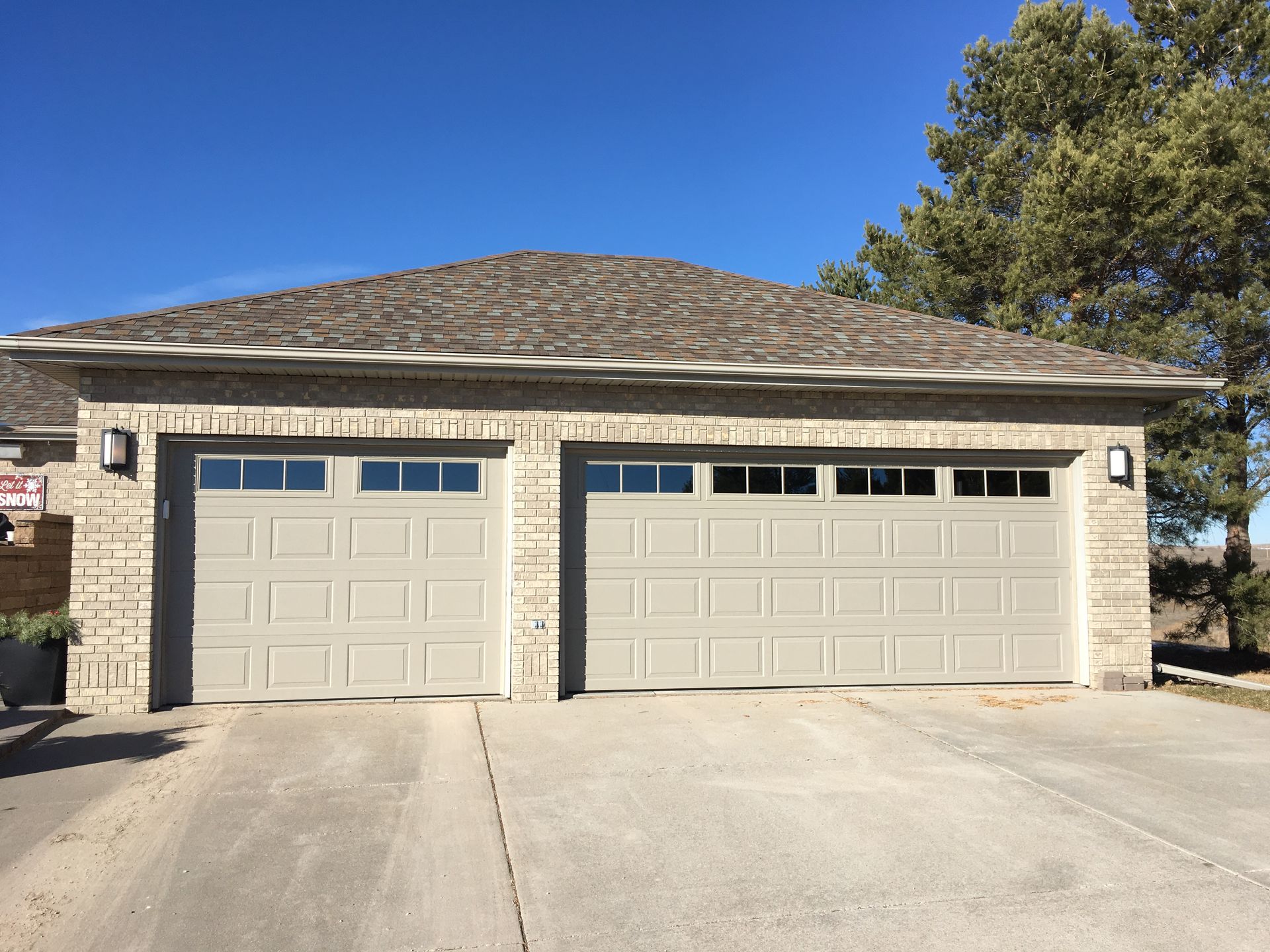Trying to decide between a flat or sloped roof? Each has its perks, but your decision should be based on your requirements, budget, and design preferences. Here’s an overview to help guide your choice.
Flat vs. Sloped Roofs: A Comparison
Flat Roofs
- Advantages: Flat roofs are affordable, easy to build, and offer additional space for things like HVAC systems or even rooftop gardens.
- Cons: Flat roofs require frequent upkeep to prevent water from pooling and can develop leaks if not properly maintained.
Advantages and Disadvantages of Sloped Roofs
- Advantages: Excellent water drainage, durable, and aesthetically pleasing.
- Drawbacks: Sloped roofs tend to be more expensive to install and are more complex to build.
Understanding the Truth About Flat Roofs
Contrary to popular belief, flat roofs aren’t truly flat. They have a subtle slope for water drainage. Flat roofs can be just as durable as sloped ones with the right materials and maintenance.
Key Considerations: Costs, Materials, and Building Design
To help you make your decision, consider the following factors when choosing between a flat and sloped roof:
- Costs: Flat roofs tend to be cheaper upfront, but sloped roofs may offer more savings over time due to their longevity and lower maintenance needs.
- Materials: Flat roofs often rely on materials like EPDM or TPO, while sloped roofs commonly use asphalt shingles, tiles, or metal.
- Architectural Considerations: When choosing between flat or sloped roofs, think about the architecture of your building, the local climate, and its intended purpose. Flat roofs are great for modern designs, while sloped roofs work well in areas prone to heavy rainfall or snow.
Weathercraft's Expertise in Roofing Solutions
With years of experience, Weathercraft is your trusted partner for both flat and sloped roofing. Our team provides expert recommendations, ensuring you get the most suitable roofing solution for your building. We use high-quality materials and provide exceptional craftsmanship on all roofing projects.
